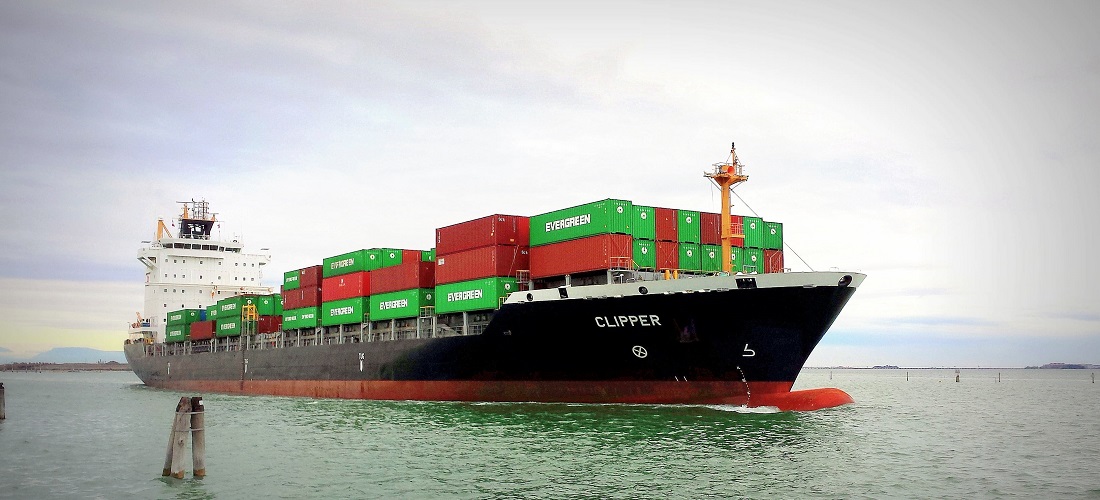
Methanol ‘happy hour’ over, and decarbonisation will double freight rates
Aug, 30, 2024 Posted by Gabriel MalheirosWeek 202435
Shipping’s methanol “happy hour” has ended, with LNG back on the menu, decarbonisation “slowing” and freight rates set to double permanently, claimed classification giant DNV Maritime this week.
At the unveiling of the eighth edition of DNV’s Maritime Forecast yesterday, CEO Knut Ørbeck-Nilssen said shipping decarbonisation was slowing and 93% of the global fleet was still running on conventional fossil fuels.
“…if you look to what it costs these days to either build a new vessel with new fuel capabilities, or indeed if you want to retrofit vessels with new fuels, it is very costly,” he said, adding that yard space for retrofits or newbuilding was difficult to find and carried a high premium.
Hampered production hindered the development of green methanol supply chains, said DNV, Mr Ørbeck-Nilssen adding: “70% [of production facilities] have not made it into the final investment decision.”
In a veiled reference to Maersk and its u-turn on methanol, he said the “happy hour” for the emergent fuel was over, and “…some very significant drivers for methanol in the maritime industry seem to have pulled back…[which] will naturally influence how others might see it.”
Onboard carbon capture instead seems to be DNV’s focus, with various systems available on the market able to reduce ship funnel CO2 emissions by 20% or more, provided a portion of additional fuel is burned to support this energy cost.
Contingent on the provision of carbon “reception facilities” made available in ports, Mr Ørbeck-Nilssen said: “The study shows that onboard carbon capture and storage will have a significant effect to decarbonise shipping. In all scenarios, that it is important and it will also alleviate the pressure on the lack of carbon neutral fuels that we have seen.”
Meanwhile, DNV expects shipping decarbonisation to double freight costs, with various scenarios projecting between a 91% and a 112% bump to freight rates on a permanent basis.
“This is a significant increase in the cost of shipping… [which] cannot be absorbed by the shipowner or the operator,” said Mr Ørbeck-Nilssen. “It has to result in increased freight rates.” And he added this “will have some bearing on our personal lives as well”.
DNV’s Eirik Ovrum, maritime principal consultant and maritime forecast lead author, said: “Ultimately, the increased costs… will have to be moved through the value chain to the consumer as an increase in the price of goods… there are already movements in the market to do this.”
However, the doubling of freight rates would seem like a pleasant reprieve compared with what forwarders and their customers have dealt with in recent months and years. Yesterday’s Drewry World Container Index (WCI) composite index was sitting at $5,181 per 40ft, a 265% increase on the average 2019 rate of $1,420. (The WCI climbed to $10,377 at the height of the pandemic disruptions, a 630% increase).
-
Steel and Aluminium
Jun, 23, 2021
0
Greater steel imports cause distributors to lose market share
-
Ports and Terminals
Jul, 01, 2022
0
Antaq gathers contributions submitted to Port of Itajaí bidding hearing
-
Trade Regulations
Nov, 21, 2023
0
EU eyes Mercosur deal; green hydrogen plant in Piauí
-
Trade Regulations
Mar, 10, 2025
0
Mercosur: The last tango in Washington?



